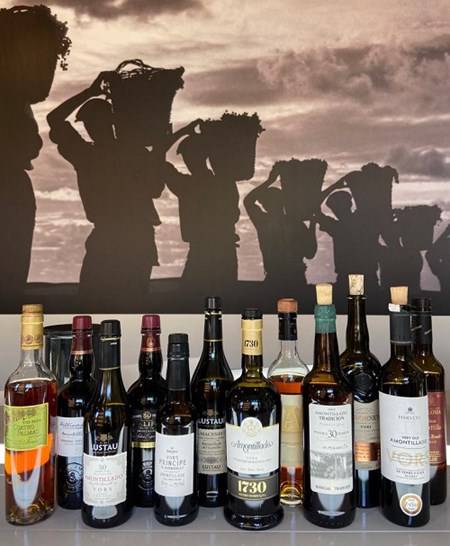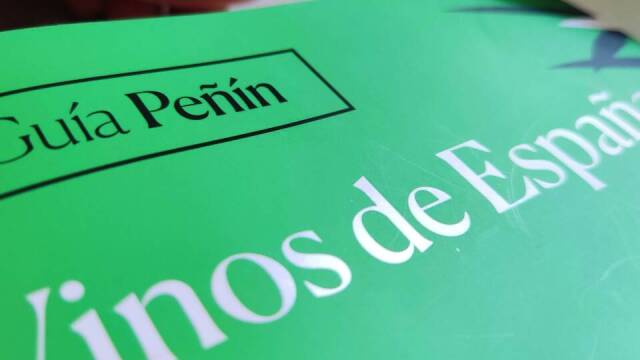Tastings started off in Jerez and Manzanilla de Sanlúcar , where Peñín's team evaluated more than 210 references.
Guia Peñin tasting team initiated its journey through the main production areas of Spain, a journey that will last more than six months and will lead them to review the wines of the latest vintages which will be available on the market from 2021. These tastings will be the basis for the new edition of "Guía Peñín de los Vinos de España 2021", the most complete Spanish wine guide worlwide.
In line with tradition, the tasting season began in the Marco de Jerez, where the team assessed over 210 wines. The tasters highlight the average good quality of these wines, which exceeds 92 points, and outline that, historically, this is the highest average score of all producing regions reflected in the guide.
White varieties - mainly palomino, but also pedro ximénez and moscatel - and the traditional biological and oxidative ageing are an inexhaustible source of their diversity of typologies, styles and degrees of sweetness. The criaderas and soleras system is still the rule - although there are some examples of unique additions -, while the trend to market unfiltered wines - in ramifications - seems to be consolidating.
Among the finos and Manzanillas de Sanlúcar (50 references), both dry and biologically aged, the tasting team notes three distinct styles, determined by a lesser or greater incidence of aging: Wines with a younger and fruity character, with a subtle presence of biological ageing; more classic wines, where the velo de flor (veil) has a greater prominence, with notes of yeast, green apple and spices; and, finally, wines whose age has attenuated the intensity of the veil, with toasted and dried fruit notes that increase its complexity, in its oxidative path towards amontillado. These last two styles obtained the highest scores of their typologies.

 Log in
Log in







